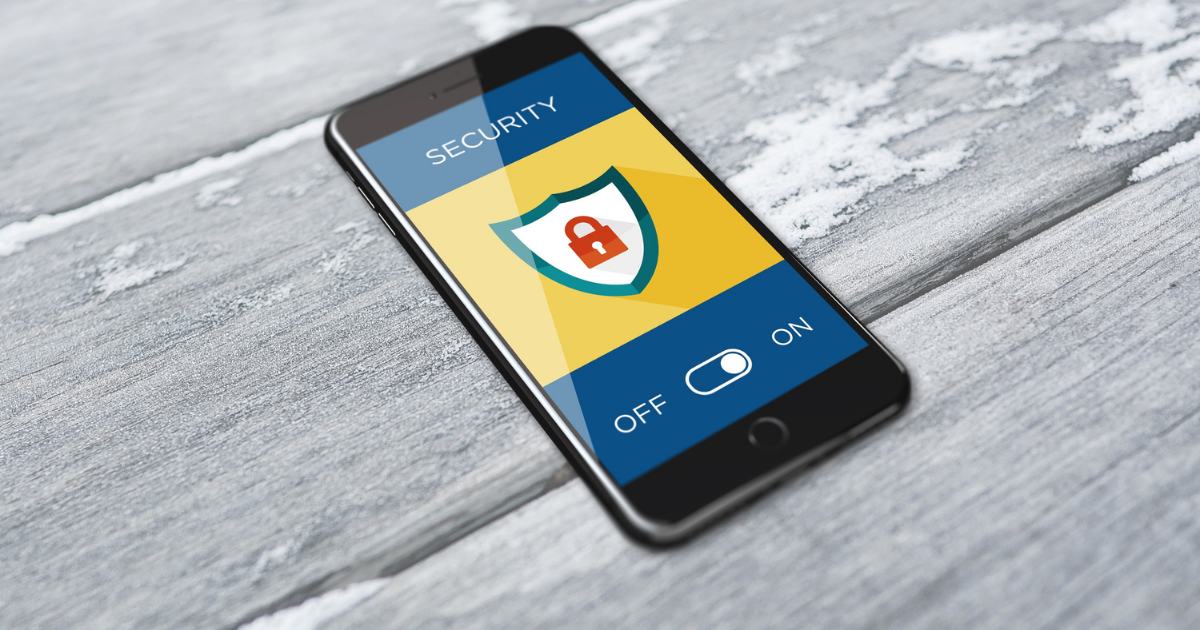When we speak about cybersecurity defense, most people imagine, as Tony Stark would say in “Avengers: Age of Ultron” – “A suit of armor around…”, in that case – their company. Establishing a 360-degrees cyber defense can be challenging and some companies might find it expensive. Let me tell you this – when you get hacked you would wish to have a time machine and be able to get back and take measures when you had the chance.
The first element of your 360-degrees cyber defense is the realization that you need one. And it is not a single solution, rather a multi-layer cybersecurity program with relevant measures and procedures. While the solution should be tailor-made, some elements will be part of almost any effective cybersecurity defense.
Staff awareness training
The main point of this measure is to make your employees more knowledgeable and aware of the potential cybersecurity threats that may bring harm to your company’s system and how they can act when they come across them. This is very useful because you may have taken the most sophisticated cybersecurity measures in the world but they would be useless if the password of someone from your team is 1234.
Staff awareness training can help prevent any errors that people from your staff make when they are targeted by information security threats. The best type of training is the one that is tailor-made to your needs. This type of prevention measure should be taken into consideration for all organisations that handle sensitive private data.
We recommend training the whole staff of the entity, public or private. Most threats can be directed to any staff member. When you have some employees in teams with specific roles, the training that is done should be in line with what they need. For example, you can deliver general training to the whole staff and a more focused one on the InfoSec team. And guess what – staff awareness training should be done regularly to be effective.
Vulnerability assessment
To take measures, you have to know your weak spots. And this is where vulnerability assessment comes into the game. It is not a stand-alone effort as well. This measure aims to detect any security vulnerabilities of a specific organisation’s network system, IT applications, and infrastructure. This is done by performing security scans – manually or with the help of automated tools for testing.
Vulnerability assessment is like going to the doctor to see if you have some health problems and treat them in an early stage before they get worse. Imagine the same for your cyber defense system. It examines how vulnerable your system is to a cyberattack and then all of the weak spots that pose a potential risk are included in a report that is handed to the top management and decision-makers. Based on the finding they have to adopt and implement the measures needed to make sure the risks in the report are no longer a threat.

Penetration testing
Penetration testing is another process that can show vulnerable places in the organisation. It is a step after vulnerability assessment as it not only examines but tests specific vulnerable places in your system and entity. There are nine different types of PenTesting and you don’t have to undergo all of them. The process here is the following:
- Planning the areas and scope of the penetration testing;
- Carrying out the tests for vulnerabilities;
- Defining the risks and threats for the company;
- Providing recommendations and support on eliminating the places for potential breaches.
From the role that the cybersecurity experts will have, there is black-box testing (the hacker has no internal information), grey-box testing (the hacker has limited information about the system in place), and white-box testing (the person imitating the hacking has extensive information about your system).
Penetration testing can target networks, wireless networks, web applications and be directed to the staff of your organisation (phishing e-mails, SMS attacks, over-the-phone attacks, and more). Other types of PenTesting are client-side testing and segmentation testing.
Other measures for enhancing cybersecurity may be the hiring of а person to handle the cybersecurity of the organisation. It doesn’t have to be someone in-house to get the job done. It is even better to be an external cybersecurity expert that has experience in different cases and industries. Such a role is called vCISO or virtual chief information security officer. In a previous blog article, we have explored this topic and determined all the benefits an external expert brings to the table.
Compliance
Achieving compliance is another thing an organisation can do to boost its cybersecurity defense. This is useful for you since you have to cover and maintain at least minimum requirements based on the industry you operate in. It also sends a positive message to all the potential clients and users out there that you take measures to protect their sensitive data.
Those are just a few of the elements of successful cybersecurity defense. In order for any solution to work, it has to be a continuous and ongoing effort that is tailor-made for you. Having a cybersecurity expert is like having a doctor – you don’t go to them when you are about to pass out from the pain. You follow their advice to reduce the chances of getting sick and boost your immune system.
If you are looking for a successful remedy for your cybersecurity issues, feel free to get in touch with us. Our expert team will provide you with a swift, cost-effective, and tailor-made solution.

